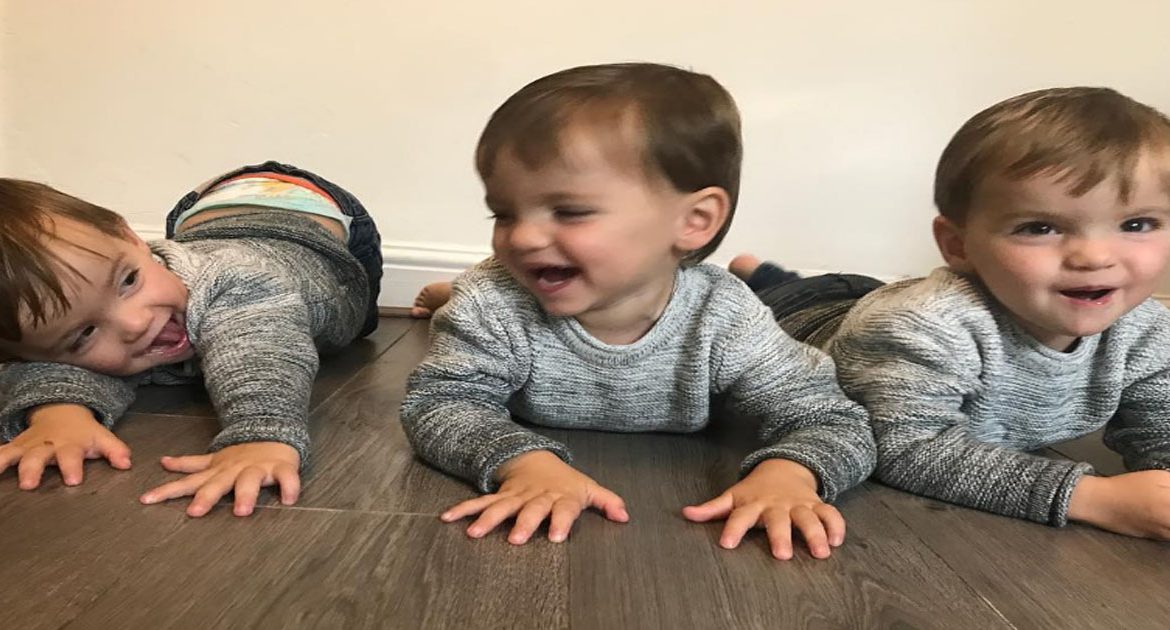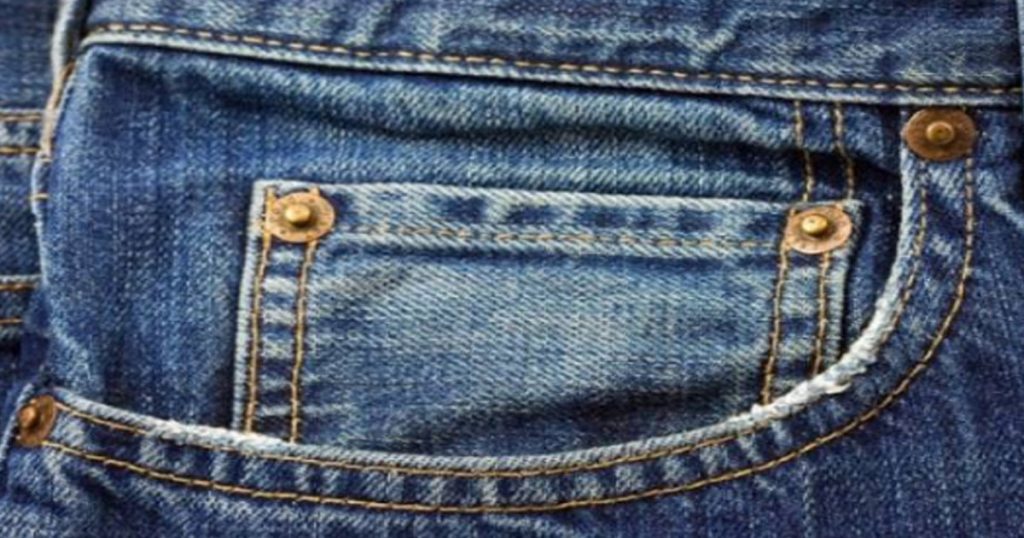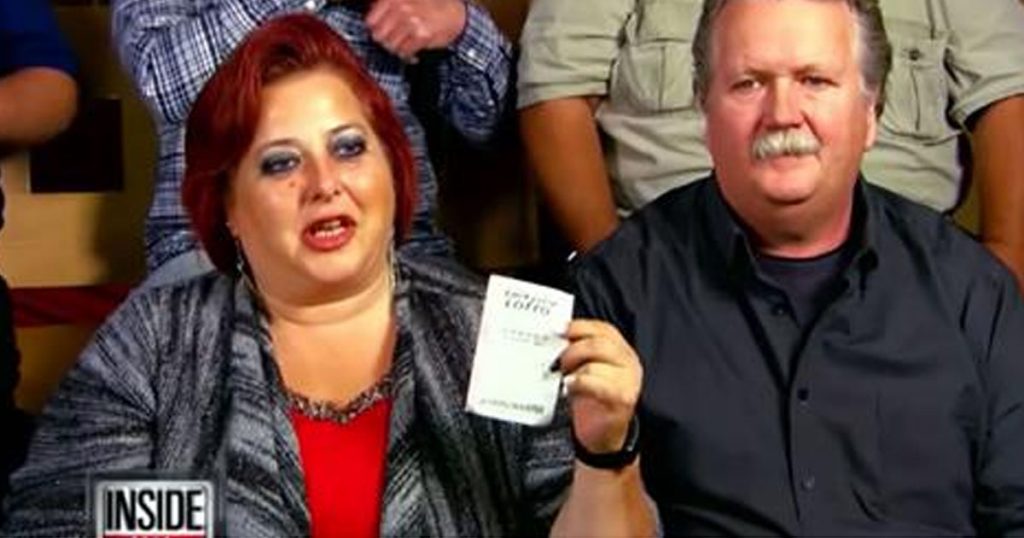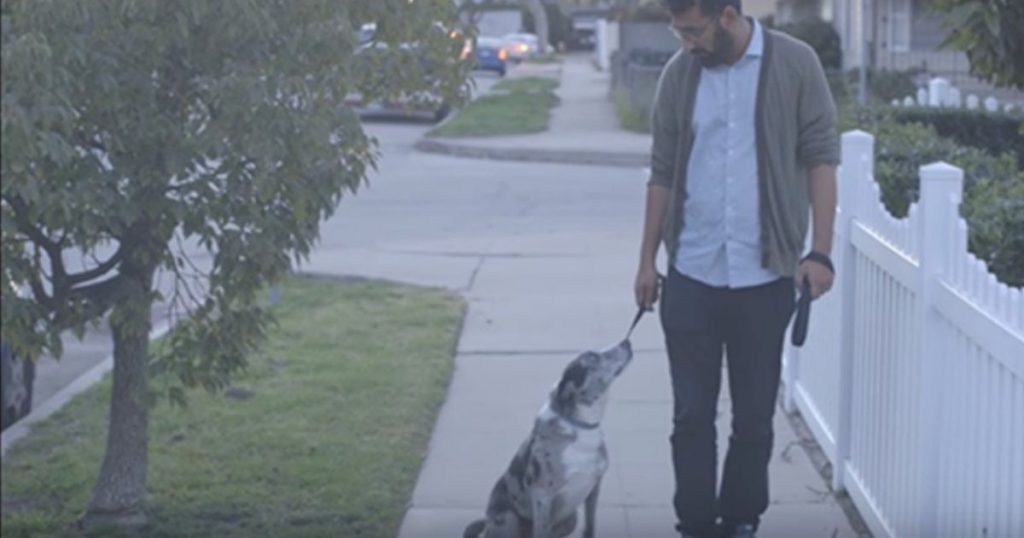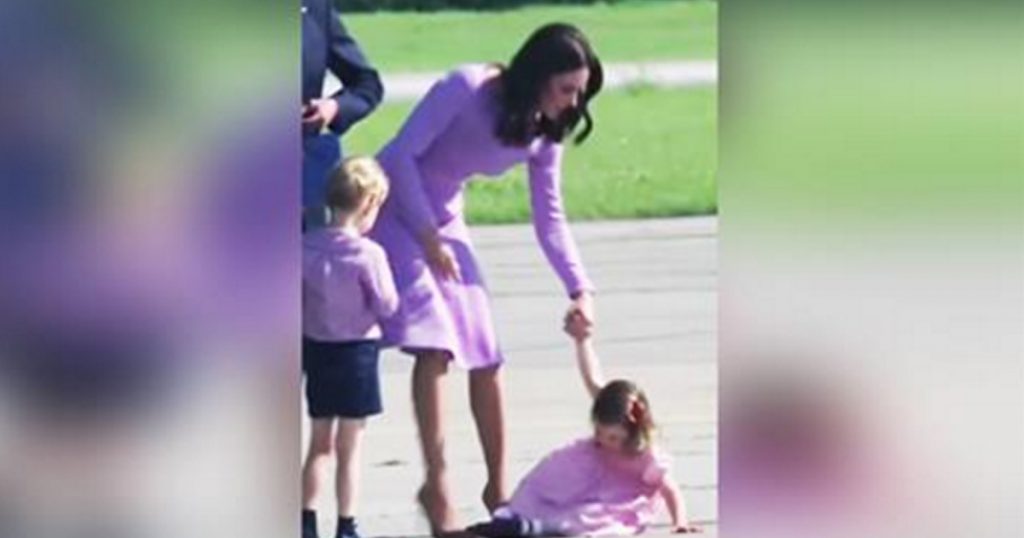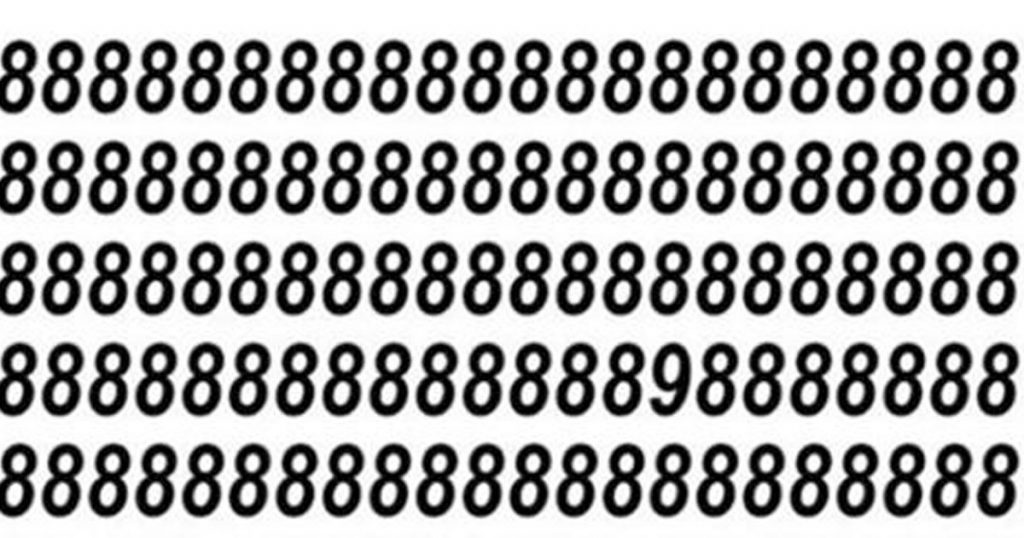When 23-year-old Becki-Jo Allen found out that she was pregnant for the second time, she had no clue that she could get triplets.
Allen, who already had a three-year-old daughter, Indiana, was surprised to hear the news after her nine-week ultrasound procedure. Describing the moment to DailyMail, she said:
I hadn’t even thought it might be twins, let alone triplets, and we haven’t got any in the family.
But that was not the only surprise the babies had in store for her. A few months after the scan, Allen had to undergo caesarean section at 31 weeks and despite needing a little medical intervention, Roman, Rocco, and Rohan were born healthy.
The mom began to notice that her boys had similar features, but her doctors assured her that identical triplets were rare and their similarities would probably fade.
However, by the time the triplets were a few months old, more and more people began to point out how much they looked like each other.
Allen got in touch with Multiple Births Foundation, and they told her that the only way to know for sure if the children are identical is to perform a DNA test. She then took swabs from their cheek and sent them in the lab. The results came back, and it was finally confirmed that Roman, Rocco, and Rohan were identical. The foundation was quite surprised with the result, adding that the possibility of the phenomenon is 200 million to one.
Distinguish the twins can be challenging enough, but we imagine that in the case of triplets, this can be almost impossible. But Allen did not have this problem. She revealed that she could do that mainly through their personalities.
Rohan is the loud one, he’s always shouting. Rocco is normally quite laid-back, but he can be feisty too, while Roman is usually complaining that he doesn’t want to share.
She also added that even though they have birthmarks, “Roman’s is slightly darker than the others.”
To understand why identical triplets are so rare, we have to check how multiples are conceived in the first place.
In the case of fraternal (non-identical) twins, two different eggs are released and fertilized. This situation is two times more common than that of identical twins. In fact, the belief that twins can run in a family is true to some extent. The women in a particular family could have a genetic predisposition to releasing more than one egg monthly.
When it comes to identical twins, one egg is split into two (science is still unsure why), which means that children share the same genetic properties. So, if an egg splitting in two is super rare, now imagine the possibility of a situation when it splits into three. You can see why this only happens in one case in 200 million conceptions.
We wish Allen and her triplets all the best.
